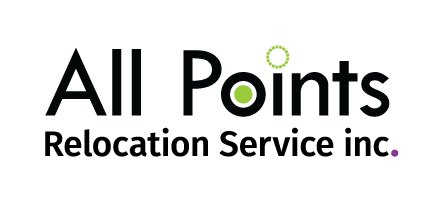For Canadians relocating to the United States, understanding the nuances of Section 116 of the Income Tax Act is crucial, especially when it comes to selling property in Canada. Section 116 is primarily designed to ensure that non-residents who sell Canadian property pay the required capital gains tax, along with any other income tax obligations, before leaving the country. This provision has far-reaching implications for those in the process of relocating, particularly when navigating the complexities of cross-border taxation.
What is Section 116 Withholding?
Section 116 of the Canadian Income Tax Act requires non-residents selling certain taxable Canadian property to notify the Canada Revenue Agency (CRA) of the sale and obtain a certificate of compliance. This certificate confirms that any capital gains tax due has been paid or secured. Without this certificate, the purchaser of the property is required to withhold a portion of the sale proceeds and remit it to the CRA—historically set at 25% of the gross sale price.
This withholding is intended to cover the potential tax liability arising from the capital gain on the sale. It ensures that the CRA can collect taxes owed by non-residents who might otherwise be difficult to track once they leave Canada.
Why is Section 116 Relevant to Those Relocating from Canada to the U.S.?
Relocating to the U.S. involves several tax considerations, particularly when it comes to residency status. Many companies offer tax services to assist transferees with cross-border moves. These tax professionals can often give popular advice: change your residency status to that of an American as soon as possible. This change allows them to benefit from lower tax rates in the U.S., especially in states with no income tax, such as Florida and Texas.
However, declaring oneself a U.S. resident can complicate the sale of Canadian property. Once a transferee changes their residency status, they become a non-resident of Canada for tax purposes, and Section 116 withholding requirements come into play. Were it not for this, the Canadian could declare themselves to be “not a non-resident” and satisfy his/ her buyer that there will be no withholding. But having declared US residency, this means that the transferee cannot claim exemption from withholding taxes, and the buyer of their Canadian property must withhold the applicable percentage of the sale proceeds.
The Challenge of Obtaining a Certificate of Compliance
To avoid having 25% of their sale proceeds withheld, non-resident sellers can apply for a certificate of compliance from the CRA. However, obtaining this certificate can be a lengthy process. Delays in processing times can leave transferees without access to the funds needed for a downpayment on a new home in the U.S., potentially derailing their relocation plans.
This delay becomes even more significant with the recent announcement from the Canadian government.
The Impact of the Upcoming Change: From 25% to 35% Withholding
Effective January 1, 2025, the withholding tax rate for non-residents selling Canadian property will increase from 25% to 35% of the sale proceeds. This change reflects the government’s ongoing efforts to ensure that non-residents pay their fair share of taxes on Canadian property sales. The increase is designed to approximate the combined federal and provincial tax that would be owed on capital gains at the highest marginal tax rates.
While this 10% increase may seem steep, it underscores the importance of a) remaining a Canadian resident until the home is sold and closed; b) obtaining a certificate of compliance promptly. Without it, the higher withholding rate will apply, significantly impacting the seller’s immediate cash flow and their ability to fund new property purchases in the U.S.
Conclusion
As the Canadian government tightens its tax policies to ensure proper taxation of foreign property owners, it’s essential for those relocating from Canada to the U.S. to be aware of the implications of Section 116 withholding. A good real estate lawyer should know about it. The upcoming increase in the withholding tax rate further emphasizes the need for careful tax planning and timely action when selling Canadian property. Employers and tax advisors should work closely with transferees to navigate these complexities, ensuring a smooth transition across the border.

